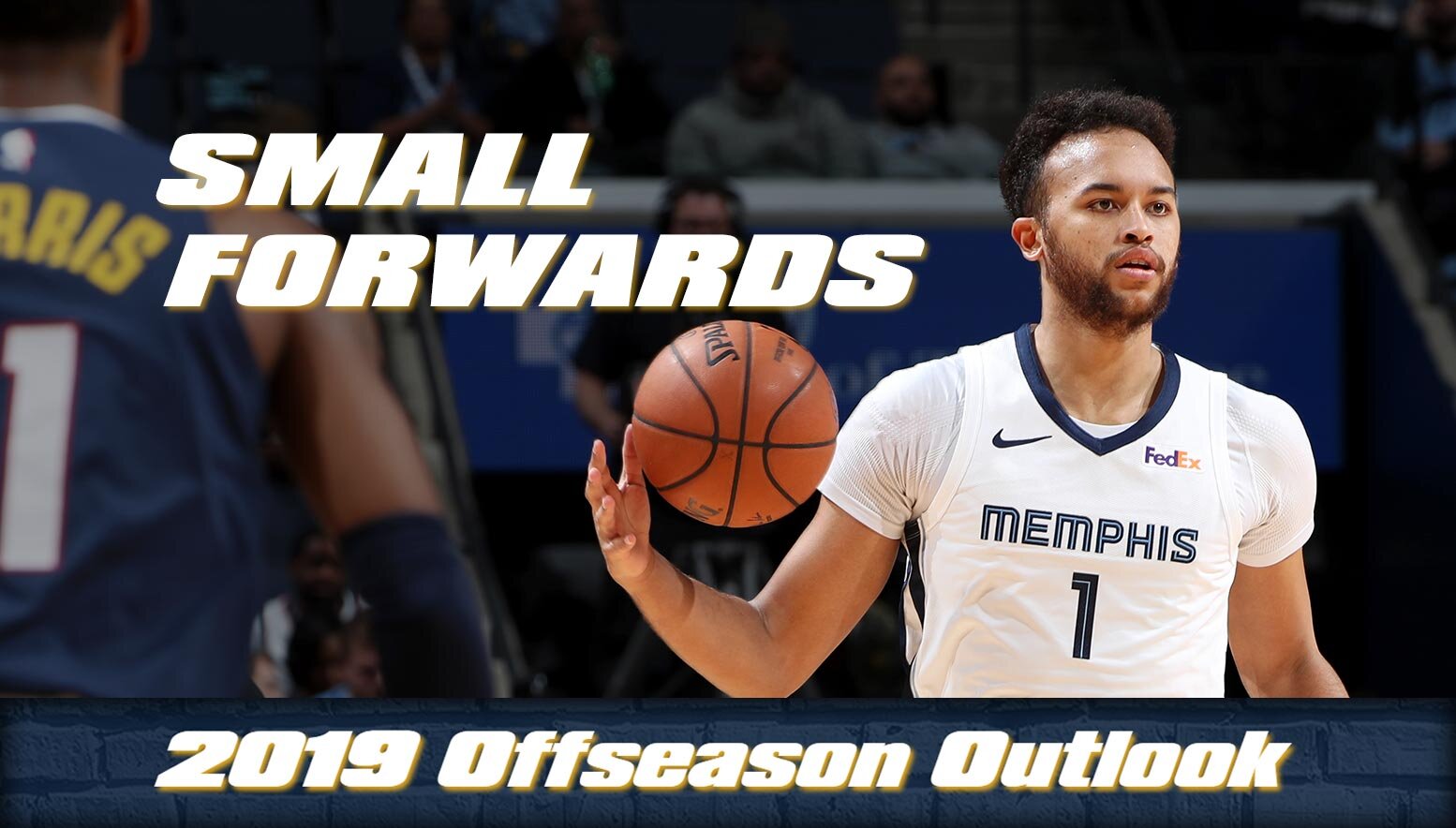MEMPHIS – Giving as much time as he could, Kyle Anderson did everything in his power to make sure no one in the group left disappointed.
So he posed for more pictures.
He embraced dozens of hugs.
He lingered and laughed.
And then, Anderson lingered and laughed some more. At one point, a Grizzlies’ security staffer approached Anderson to inform him that he was running late for the team’s pregame meeting less than an hour before tip-off of that day’s game against the New York Knicks.
Anderson eventually pulled himself away from the dozens of relatives, friends and supporters gathered at Madison Square Garden back in February to see the New Jersey native make his lone visit to face the Knicks. It was supposed to be a homecoming game. Instead, Anderson was a late scratch from the lineup with a shoulder injury that would ultimately shut him down the rest of the season.
At the time, neither Anderson nor the Grizzlies were quite sure what was wrong, and he would undergo a series of MRIs and appointments with specialists to detect the problem. Now, three months later, Anderson is in the initial stages of recovery from what the Grizzlies deemed “successful thoracic outlet decompression surgery” on April 18 to resolve right shoulder “soreness and other affiliated symptoms.”
I want to be helping my team. It was fun watching those guys; they came in and worked hard every day. They practiced hard, and it made it really fun to watch.
Kyle Anderson
A complete recovery is expected that should return Anderson to full basketball activities before the Grizzlies open 2019 training camp in late September. More than anything, Anderson is relieved to get beyond a physical burden he said has lingered since his time with San Antonio, well before he arrived in Memphis last summer on a four-year, $37.2 million deal in free agency.
“It’s something I’ve been going through – something felt off about my shooting motion,” Anderson said as he approached an offseason of healing and recovery. “I’ve experienced it, not as much (starting) this season, but sometimes over the last two or three seasons. This season it got really bad to the point where it was messing with me, so I just wanted to get on top of it, fix it and not let it affect the rest of my career.”
Among key offseason storylines most impacting the Grizzlies at each position, Anderson’s return to high-level production stands to be the most significant development at the small forward spot. Count Anderson’s ordeal among some of the biggest questions facing a franchise in major transition after a 33-49 finish left the Grizzlies outside of the playoffs for a second straight season.
Memphis has restructured its basketball operations front office and is seeking a fourth head coach in six years. Key decisions loom regarding where the Grizzlies will fall in the May 14 draft lottery pecking order, what path the front office takes with the immediate future of veteran point guard Mike Conley and what the approach will be with potential free agents in Jonas Valanciunas and Delon Wright among others.
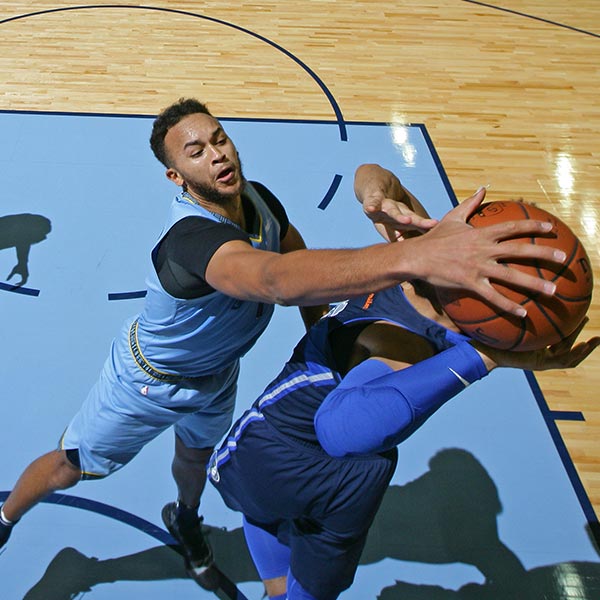
Kyle Anderson #1 of the Memphis Grizzlies blocks the shot against Dallas Mavericks on November 19, 2018 at FedExForum in Memphis, TN. Photo by Joe Murphy via Getty Images.
Anderson, however, joins franchise cornerstone Jaren Jackson Jr. as the lone two players on the roster with contracts that extend beyond the next two seasons. The final pick in the first round by the Spurs in the 2014 draft, Anderson was limited to 43 games in his first season with the Grizzlies, missing the final 30 contests with the lingering shoulder injury.
“It was a weird feeling – probably more common with pitchers in baseball throwing 95, 100-miles-per-hour fastballs,” Anderson described of what he was feeling in his arm and shoulder prior to the surgery. “I (felt) kind of a tingling sensation in my hand. There would be pain during the game, when I’d get a little tired, I’d feel a little pain. In the last few weeks and months, it (was) just a weird feeling, a weird sensation in my hand that was throwing me off.”
The 6-foot-9 versatile forward averaged eight points, 5.3 rebounds, three assists and 1.2 steals while shooting 54.3 percent from the field this past season. Anderson was initially brought in as a vital complementary prospect, a solid fit within a system catered more to the pick-and-roll centric strengths of Conley and center Marc Gasol.
But the Grizzlies shifted gears to a more open tempo offense after a trade deadline makeover in which Gasol was dealt to the Raptors and Conley became the focal point in a three-point shooting, faster pace system. Anderson played his last game on Jan. 30, when he had 14 points and seven rebounds in 35 minutes of an overtime loss at Minnesota to start a three-game trip. He hoped to cap that trip by playing in New York two games later, but kept feeling discomfort in the shoulder and underwent tests.
This season [the shoulder pain] just got really bad to the point where it was messing with me, so I just wanted to get on top of it, fix it and not let it affect the rest of my career.
Kyle Anderson
So after posting the best statistical month of his career in December and then notching his first ever triple-double in January, Anderson never got a chance to play with a revamped roster that posted a winning record in March, including a 5-2 stretch with home wins over five playoff teams.
“It was a little bit frustrating for me (because) I wanted to be out there,” Anderson said of his mixed emotions. “I want to be helping my team. It was fun watching those guys; they came in and worked hard every day. They practiced hard, and it made it really fun to watch.”
Anderson was just starting to build a solid chemistry with Jackson at the two forward spots before the shoulder issues worsened. The two had routinely connected on lob plays that resulted in dunks for Jackson, and Anderson was emerging as the team’s primary facilitator on offense midway through the season. Perhaps Anderson’s best skill is his ability to adapt to any system, which is one reason he’s confident he can be a productive fit for any direction the Grizzlies take moving forward.
“Yeah, definitely,” Anderson assured. “The floor looks more spread out. I’m seeing guys who are versatile play in a versatile style. And it looks exciting to get back to.”
Getting back to form will be a meticulous process as Anderson progresses through rehab. But he’s already attacking it with a healthy mindset.
“It’s going to be a tough battle, but I’m ready for it,” he insisted. “They gave me a timetable. They said in about four weeks, I should be able to shoot a basketball normally. In six weeks, I can work out (weight training). And in eight-to-10 weeks, I can work out on the court, ready to do everything. I believe I’ll come back much better from it. I have a long summer to work on things I need to improve. I’m excited.”
Small Forward Subplots
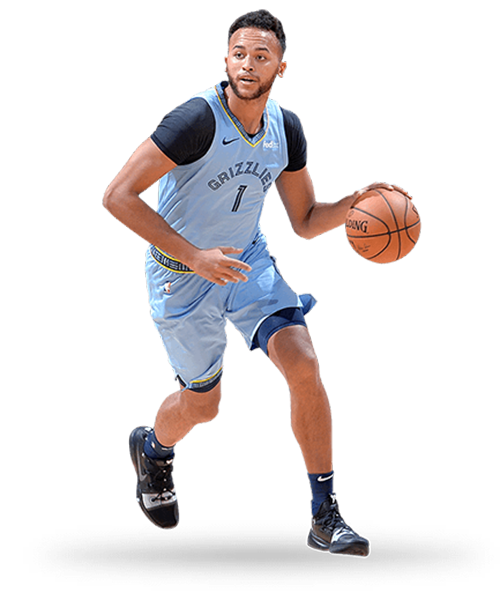
Player: Kyle Anderson, 25
Measurables: 6-9, 230 – 5 NBA Seasons
2018-19 Stats: 8.0ppg, 5.8rpg, 3.0apg in 29.8mpg, 54.3 fg% (43 games)
Contract Status: 3 years remaining, $28.4M

Player: Dillon Brooks, 23
Measurables: 6-6, 220 – 2 NBA Seasons
2018-19 Grizzlies Stats: 7.5ppg, 1.7rpg, 0.9apg in 18.3mpg, 40.2 fg% (18 games)
Contract Status: 1 year remaining, $1.6M
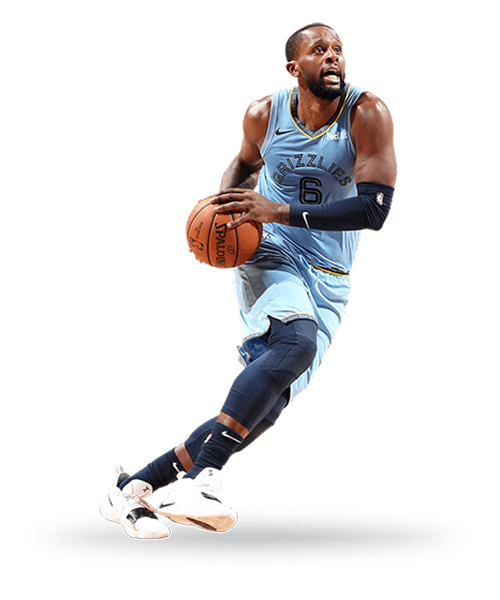
Player: C.J. Miles, 32
Measurables: 6-6, 220 – 14 NBA Season
2018-19 Grizzlies Stats: 9.3ppg, 2.1rpg, 1.1apg in 22.6mpg, 40.0 fg% (13 games)
Contract Status: 1 year remaining, $8.7M
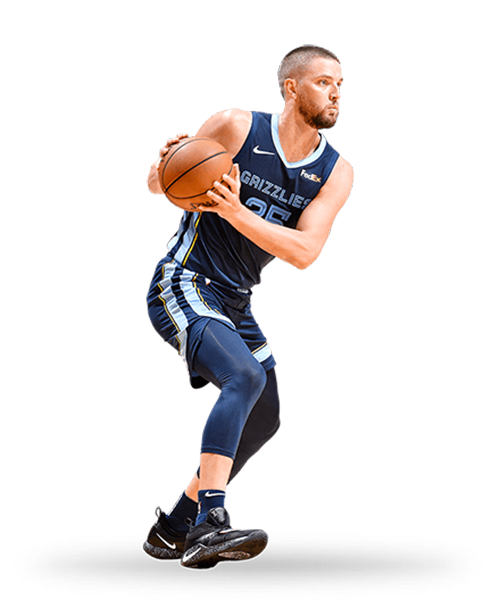
Player: Chandler Parsons, 30
Measurables: 6-10, 230 – 8 NBA Season
2018-19 Stats: 7.5ppg, 2.8rpg, 1.7apg in 19.8mpg, 37.4 fg% (25 games)
Contract Status: 1 year remaining, $25.1M
Just as Anderson was coping with the reality of being shut down midway through the season, Chandler Parsons was set to reemerge in the rotation after being away from the team for two months. Parsons, who has dealt with knee issues throughout his three seasons in Memphis, returned after the All-Star break and was a regular in the lineup until sitting out the final game on April 10.
Ideally, the Grizzlies would hope to move off the final year and $25 million remaining on Parsons’ contract and move on from an injury-plagued run that drastically failed to meet expectations. A sobering reality is that Anderson, Parsons and C.J. Miles count for a combined $43 million of the team’s salary-cap space next season. Among the three, none is a clear-cut foundational building block, two of the three will be coming off season-ending injuries and two are on the back end of their careers. It’s tough to imagine the Grizzlies keeping all three if they can help it.
Another swingman still finding his way is Dillon Brooks, who has played both shooting guard and small forward before his second NBA season was cut short by toe surgery. The Grizzlies valued Brooks enough to keep him before the trade deadline, and also hold a team option to bring him back next season. Justin Holiday, who also played both wing spots, will be a free agent this summer.
Bottom line
Simply put: The Grizzlies need to get younger, more athletic and healthy at small forward. And they need a break from the injury bug. It’s a position the team has aggressively tried to address in free agency recently, first was Vince Carter, then Parsons and now Anderson. None could stay healthy in Year 1.
Should Memphis stay in the top eight of the draft lottery and not convey this summer’s first-round pick to Boston, small forward could be where there’s most value and more depth in the draft beyond the top two or three picks. If healthy, Anderson, 25, can be a key complementary player alongside Jackson as the Grizzlies pivot to the future.
But all things considered – from health to fit to depth – the Grizzlies’ small forward position presents more questions than answers.

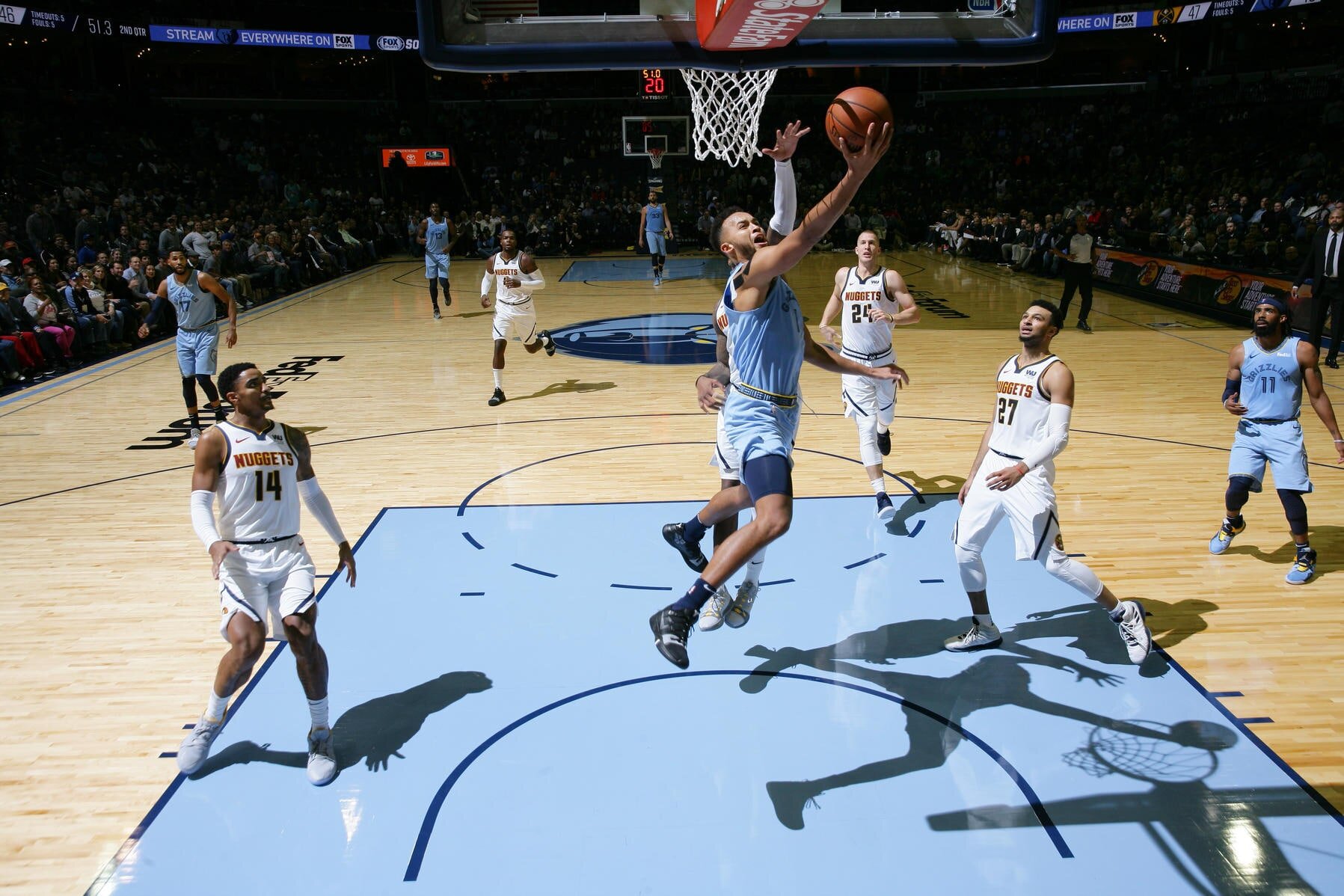
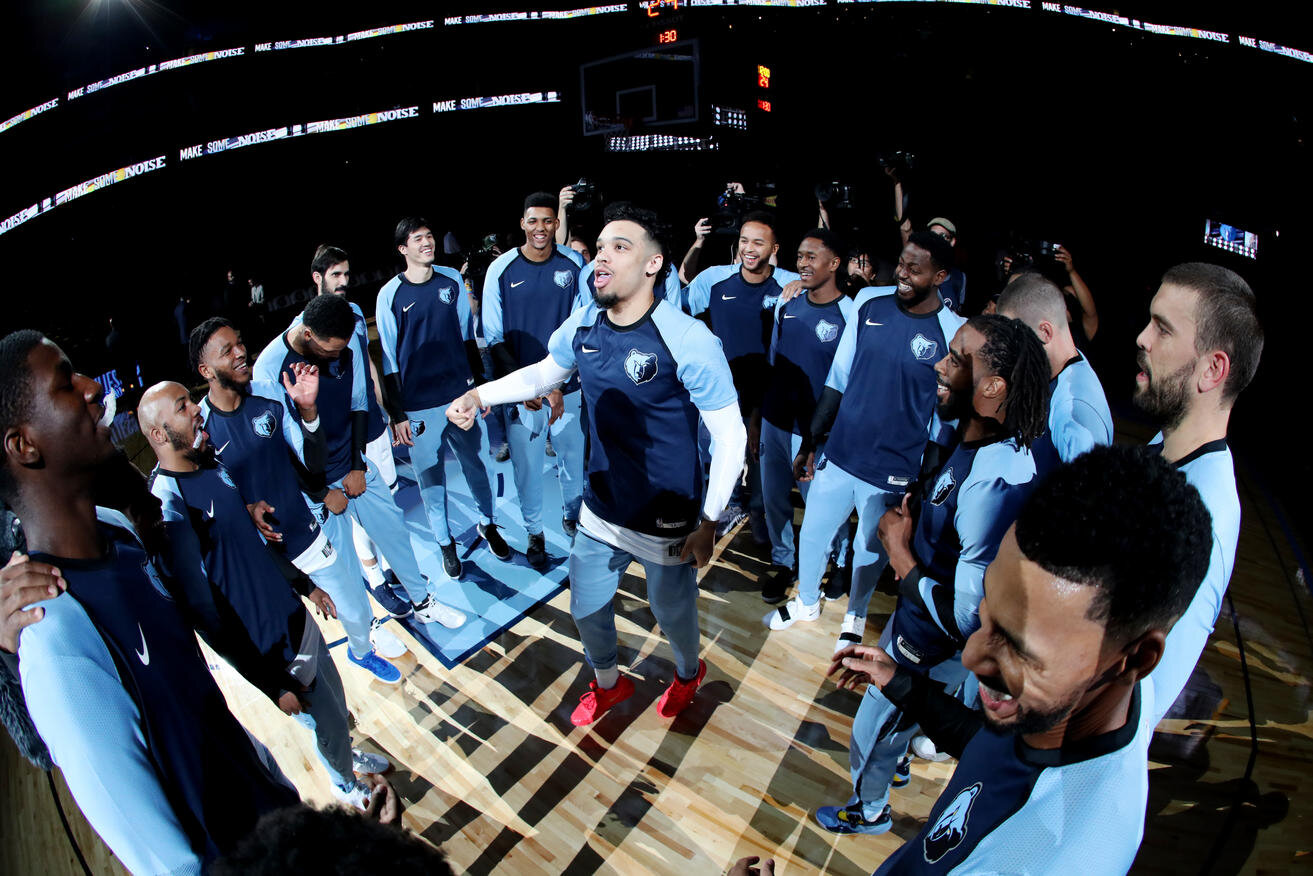
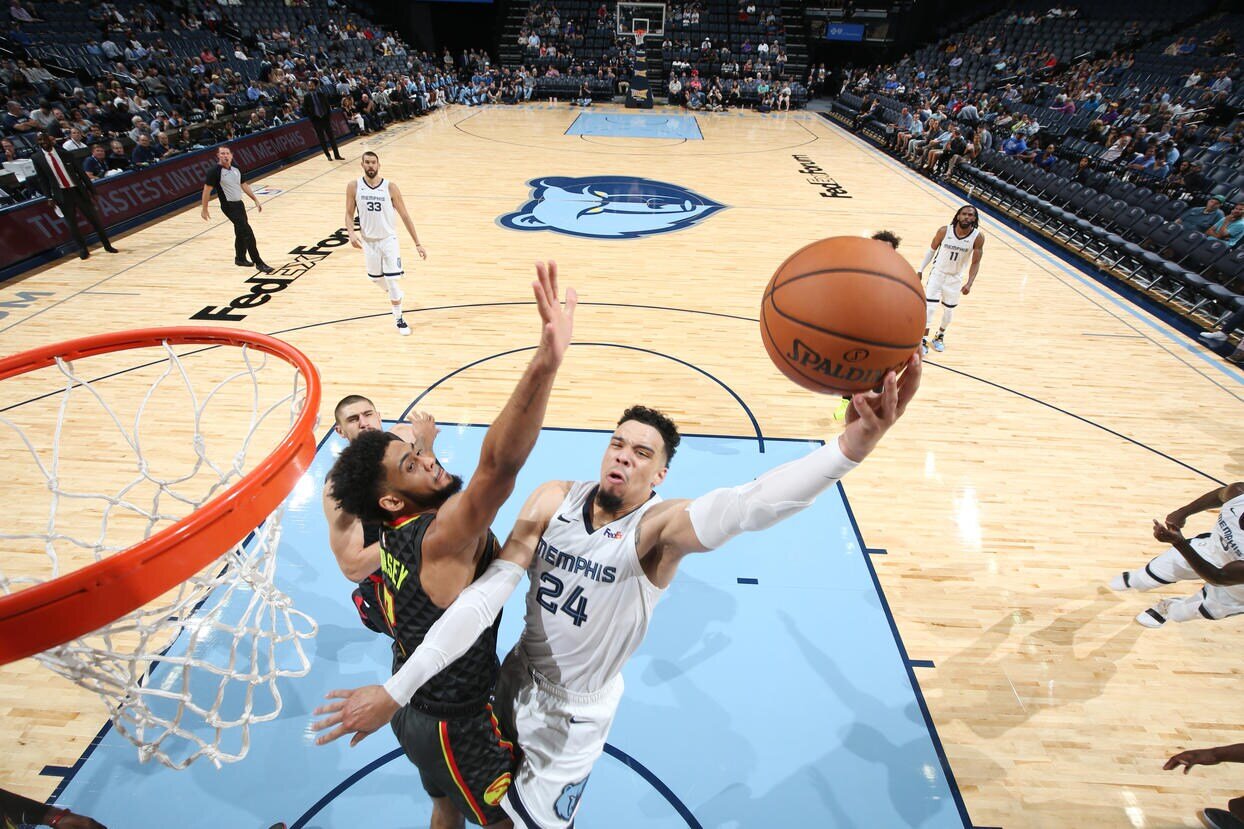
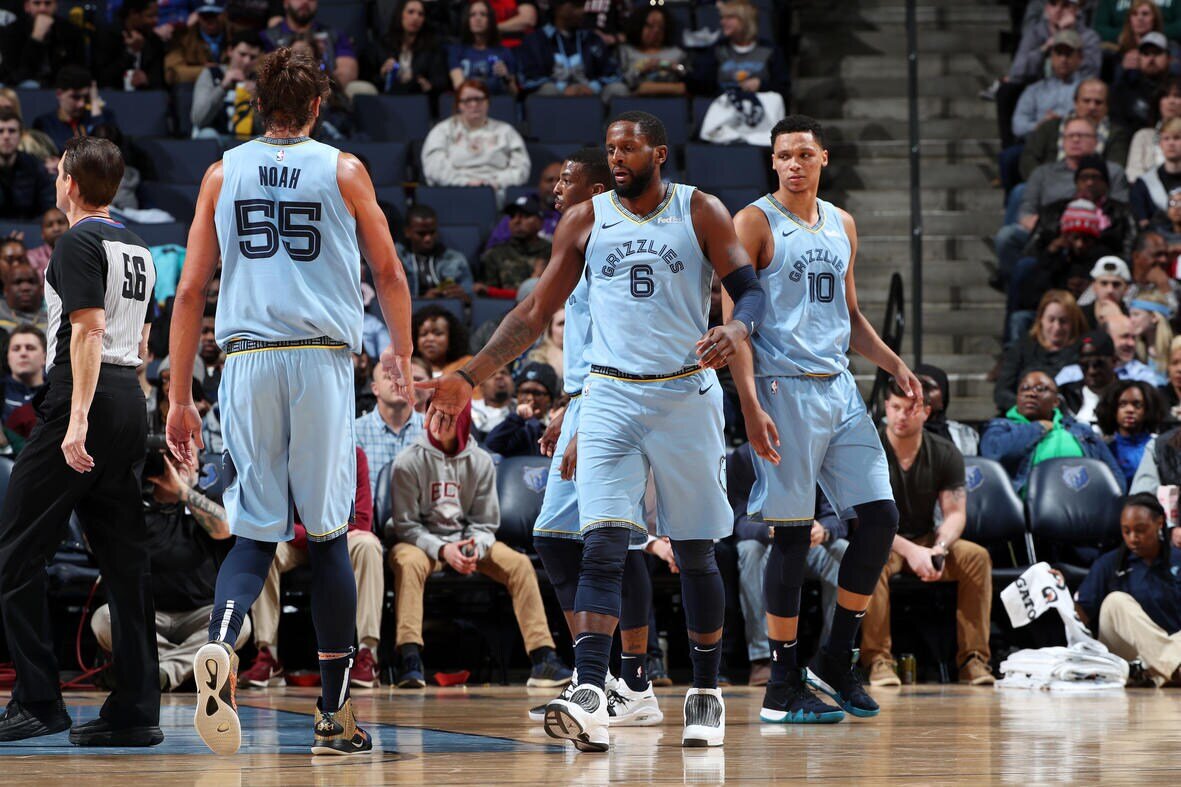
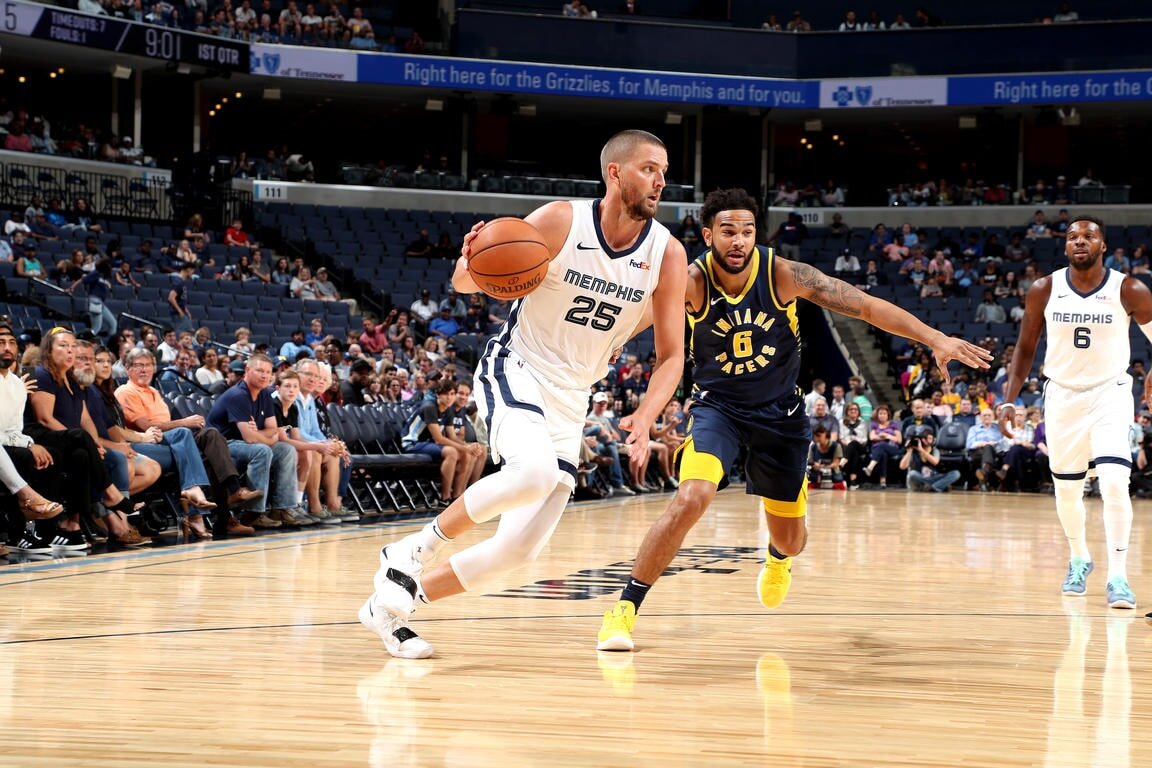
The contents of this page have not been reviewed or endorsed by the Memphis Grizzlies. All opinions expressed by Michael Wallace are solely his own and do not reflect the opinions of the Memphis Grizzlies or its Basketball Operations staff, owners, parent companies, partners or sponsors. His sources are not known to the Memphis Grizzlies and he has no special access to information beyond the access and privileges that go along with being an NBA accredited member of the media.
